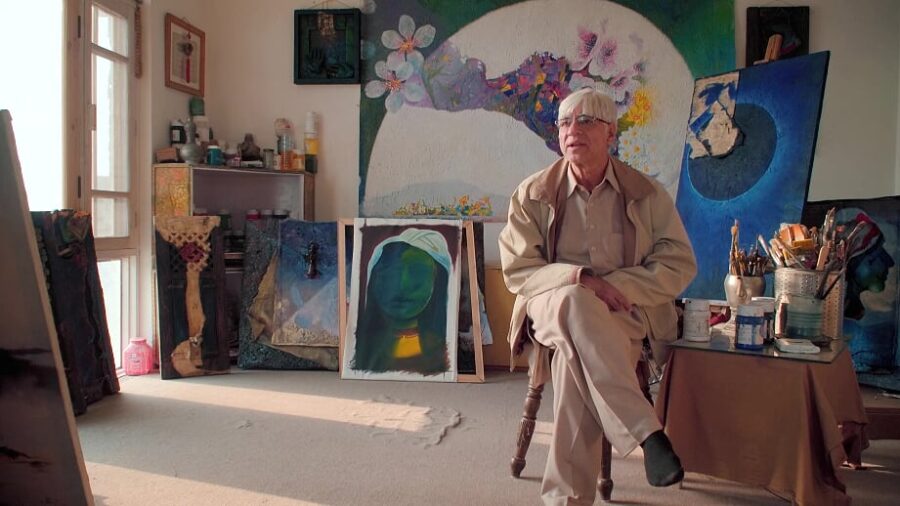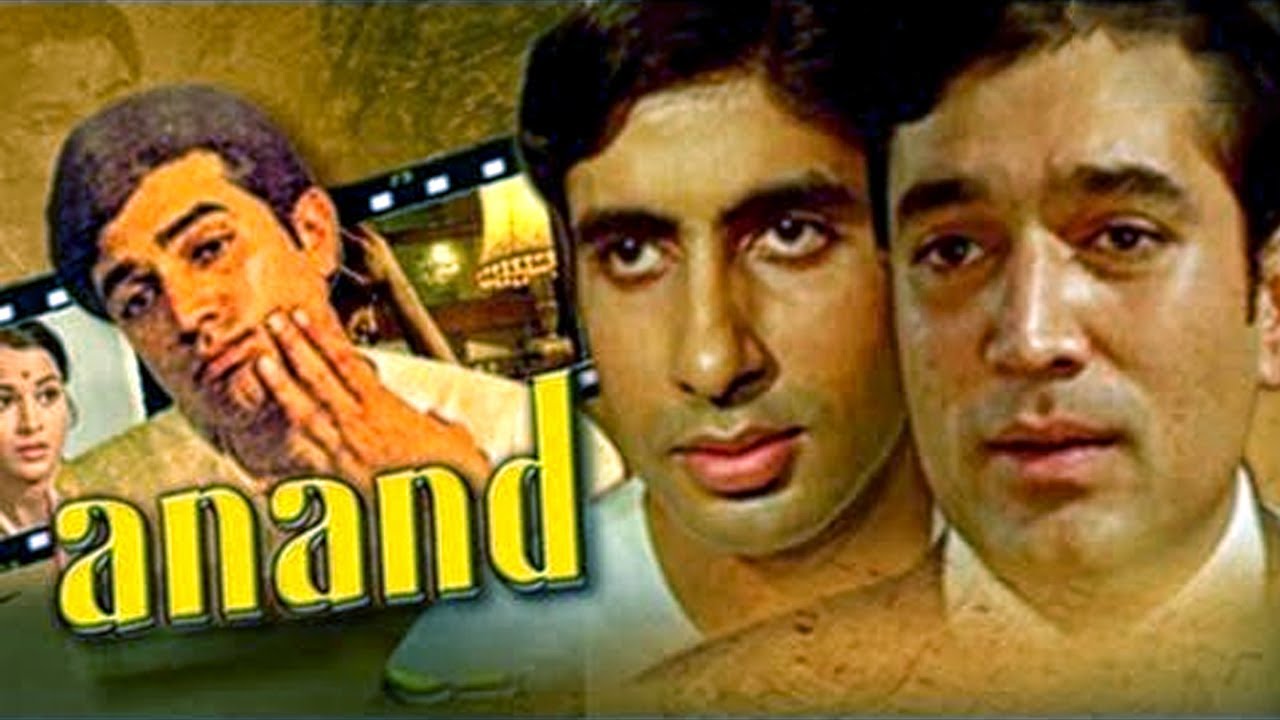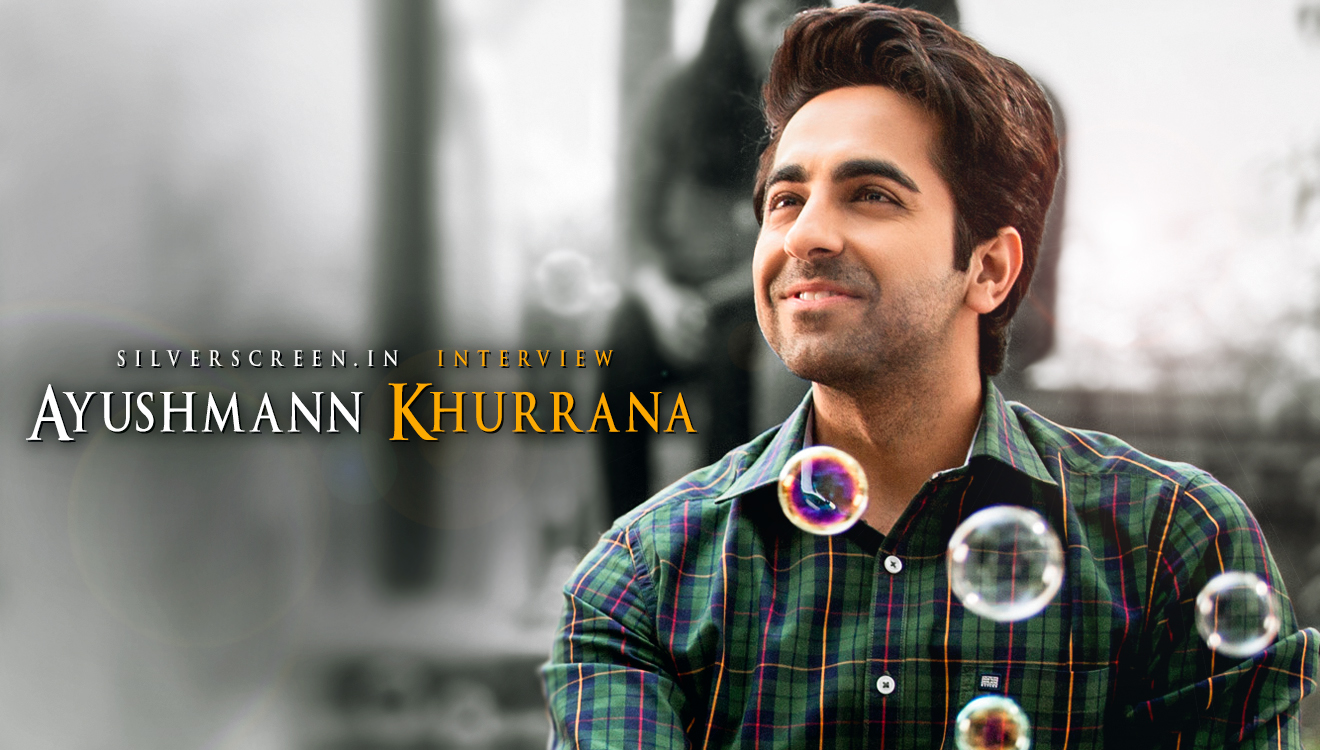Shot entirely in the Kashmir valley, Raqs-e-Inquilab (meaning dance of revolution) is a nearly 30-minute documentary on ‘making art in the world’s most militarised region’. Directed by Mukti Krishan and Niyantha Shekar, it follows the stories of artists in the valley, their inspiration, aspirations and also just how much their art is affected by conflict, both literally and figuratively. Niyantha spoke to Silverscreen about making the film, Article 370 and its impact on the project, as well as his (and Mukti’s) upcoming documentary on Kashmir and more…
Following the abrogation of Article 370, there has been an unprecedented lockdown in the valley. Niyantha and Mukti will not be able to make Raqs-e-Inquilab today. At this point, we don’t even know when anyone will be able to make a film like this again. Most importantly, we do not know if the artists featured in the film are able to practice and what their state of mind is, or how safe they are. “Our film released on YouTube a few days before Article 370 was revoked, and we had no idea (like most of the country and the world) that such a decision was in the works. We were very keen for the film to be out as soon as possible, and so when Journeyman Pictures expressed interest in distributing the film, we decided to go ahead and put it out through them,” Niyantha starts. Although the artists have seen the film, at the time of this interview (August 28), the crew had not been able to reach them or Azaan Shah (one of the cinematographers of the film). Contact has been severed since August 5.
The crew had to keep a low profile while filming Raqs-e-Inquilab. “We were stopped and questioned by the armed forces three different times during our filming – and so I can’t imagine the level of surveillance and checks that must be in place now post the abrogation of Article 370 to prevent on-the-ground reporting from getting out. And, when the reporting does make it online, it’s getting rubbished as fake news. So, it’s extremely disheartening,” Niyantha says. But the crew is focussing energies on its second documentary on Kashmir. It’s being edited now. “The documentary looks at the mental health crisis in the Valley and the role conflict has played in that,” he adds.
On the making of this documentary, Niyantha says, “A couple of years ago, Mukti and I were looking to collaborate on an independent documentary when we came across an article about Hina Arif, a Kashmiri artist who drew and shared on Instagram images of victims of the conflict.” Hina was vocal, through her art and through her social media posts, about the human rights violations in Kashmir, Niyantha says. “We got in touch with her with the intention of making a short profile documentary on her. But, as we met more artists in Kashmir, we realised that we could make a longer documentary that incorporated multiple voices on what it means to make art in the world’s most militarised region,” he says.
They reached out to Hina through a message on Instagram and told her they would like to film her art and her story. “Once we met in person and she was comfortable with our process, she agreed to come on board. A friend of Mukti’s then helped us get in touch with artist and curator Mujtaba Rizvi, and he subsequently connected us to many other artists. Journalist Athar Parvaiz and genius, young Kashmiri photographer Azaan also helped us a lot with contacts,” he says.

Research and filming for the documentary began in October 2017. The crew made three trips to Kashmir, of about a month each, over the following year-and-a-half. “Raqs-e-Inquilab was primarily filmed in Srinagar since all our characters are based in the city, but since we were filming two documentaries simultaneously, we traveled to different parts of Kashmir (Anantnag, Baramulla and Kupwara districts) for the second film,” Niyantha says.
As artists, what part of the others’ struggle did Niyantha and Mukti recognise and empathise with? “I think all artists, in some way or another, use their craft to try to make sense of the world around them. While I could relate to that part of it, hearing what these artists had to say and seeing their work was revelatory to me. I don’t have any lived experiences in a conflict zone, and so there’s no way I can completely understand what that could possibly feel like. One of the most heartbreaking truths I realised during this process is that when you live in a conflict zone, it’s so hard to escape the trauma of it. We filmed a sequence with Hina leading an art therapy camp at a school in Srinagar. And, even though the topic she gave the students was unrelated to the conflict, almost every drawing produced that morning had a reference to it (barbed wires, a syringe, bloodied chinar leaves, and so on).”

The visuals of the film are haunting but also breathtaking. The cinematography informs many elements of the film. In some places, it feels as if everything is just perfect. Did the crew plan any of the shots ahead? “Thank you. I would like to mention Anirudh Ganapathy here who primarily shot the film with additional cinematography by Azaan, Charudatta Rane and Mukti,” Niyantha says, “Some of our cinematography choices were dictated by the difficulty of filming in the presence of armed forces. That’s why the shots that show military presence are almost always in motion – we would film from inside a moving auto so as to not be seen with the camera. The narrative was constantly evolving through the course of our shoot, and so we would only really get to plan a day’s shoot the night before.”
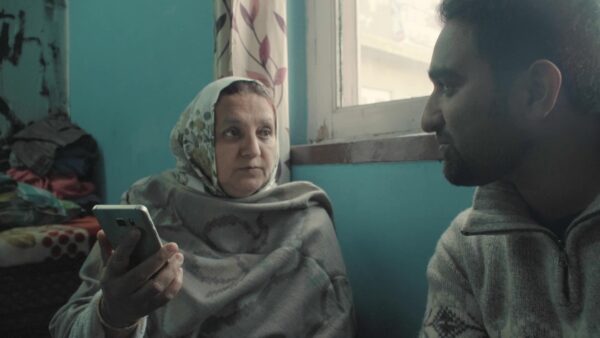
It’s just that, as Masood Hussain says, ‘Wherever you look, every inch is a subject for an artist.’ Kashmir is the most beautiful place I have been to, and it has the most perfect natural light for filming. And the locals were so kind to us in that they welcomed us into their homes, their terraces, their gullies, their shrines, and their mosques and allowed us to film freely. More than anything else, we simply followed the cues of our characters. Hina loved to go to the Hazratbal shrine and then take a boat ride on the Dal, and so we just accompanied her with our camera. Zeeshan took us to a beautiful little-known park (Hideout as his friends and he call it) by the lake, and Masood Hussain took us to see the burning chinar leaves at Nishat Bagh. We felt that we would get to know these artists better if we could go with them to the places that were important to them, and these places happened to be home to great visuals as well.”
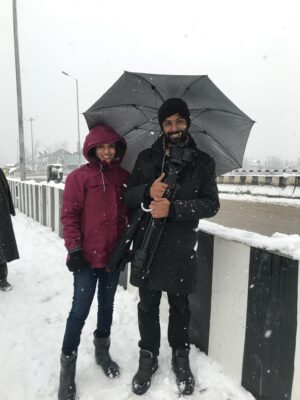
Niyantha and Mukti are now working on editing their second documentary set in Kashmir. It focusses on the conflict’s impact on mental health. “Per an MSF survey in 2016, a hugely significant percentage of the adult population in Kashmir shows significant symptoms of mental distress. We shot this documentary in parallel with Raqs-e-Inquilab, and it will look at what living in a conflict zone does to the psyche of a population, what mental health infrastructure is in place to combat this, and how people cope and stay resilient in the face of such distress.”
Niyantha is also credited as a writer in Bharath Bala’s Thaalam, which just released and is a part of a project called Virtual Bharat that will have a thousand films. “Thaalam was my first real filmmaking experience. I got to write the concept and narrative, and produce that film, and I fell in love with documentary filmmaking thanks to this experience. We had heard about the annual snake boat race in Kerala and thought that it would be interesting to make a film on what happens in the lead-up to the race and explore how 100-plus rowers are able to row as one. It was an incredible privilege to see the oarsmen of Alleppey up close, and actually be in the presence of that stunning rhythm of oars in water in concert with those thumping beats and stirring songs,” he says.
Raqs-e-Inquilab spotlights the work of important artists working under the most distressing conditions. Watch the documentary here:
(Main image credit: Anirudh Ganapathy and Charudatta Rane)
